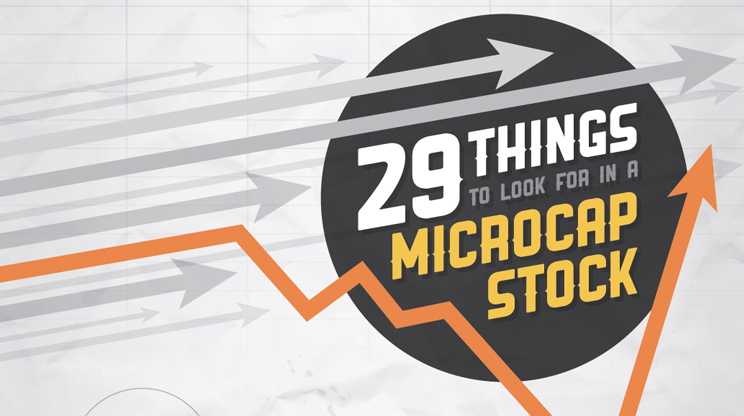

You may be interested in determining annualized U.S. Small-Cap Stocks – Nominal Annual % Return Here are some additional descriptive statistics for the nominal annual returns from U.S. However, the 12.0% annualized return for small-cap stocks is a long-term average, which means that over shorter periods small-cap stock returns diverged substantially from this average. Many factor investors love small-cap stocks because this meager-sounding 1% outperformance can make a huge difference to their final account balance when compounded over many years.

large-cap stocks returned 11.1% over the same period. So, according to Portfolio Visualizer data, the long-term nominal (not inflation-adjusted) annualized return (compound annual growth rate CAGR) from 1972 to 2021 was:Īs a general comparison, U.S. This is a pretty short record to use for a historical returns evaluation, but it’s longer than the historical datasets available for some other asset classes. Consequently, I’m instead using the small-cap data from Portfolio Visualizer that starts in 1972. In other words, the data on “small caps” before 1972 are of questionable value for predicting small-cap performance in the future. For one, the CRSP small-cap data from before 1972 exclude 95% of all small-cap stocks known to exist in that period! And to add insult to injury, most of the remaining 5% were actually former large-cap companies that had fallen on hard times. However, Edward Mcquarrie examined the history of the small-cap data from the Center for Research in Security Prices (CRSP) database (one of the most commonly used data sets for factor analyses) and found some surprising problems with the older data.

Theoretically, you can find small-cap data going back to the early 20th century. When looking at historical returns, the longer the track record available, the better. Small-caps are generally stocks with market capitalizations of less than $2 billion. And if nothing else, mid-caps represent a “tilt” away from large-cap stocks and toward the classic small-cap factor, which makes them relevant to today’s post. Mid-caps aren’t commonly identified as a factor per se, but there are many low-cost index funds focused on mid-caps. In today’s post, I’ll also evaluate mid-cap stocks, which as the name implies are the stocks of companies with capitalizations between small and large-caps. If you’re interested, past examples of my historical return evaluations for various asset classes include: While that’s useful for describing any excess returns associated with a factor, in this post I’m instead going to evaluate historical returns for small-cap and value stocks just like any other asset class. Most of the time, factor data are presented in terms of the difference between, for example, small-cap and large-cap historical returns.
#Micro cap stocks books series#
If you’re a regular reader you know that I’ve been working for the last couple of months on a series of posts regarding the historical returns of various asset classes.


 0 kommentar(er)
0 kommentar(er)
